INSTRUCTOR: Andrew John Wit
LEVEL: Undergraduate Architecture Studio
DESCRIPTION: In this exercise, each student developed a specific set of occupants (human/non-human), the story of how they live, work, and utilize their dwelling and its surrounding context. This narrative thinks beyond our current norms for living and working and imagine how life may be lived in the year 2049. The project not only considers the occupants needs and desires for living and working, but also considers how a future building may interact with its occupants and intelligent devices, the surrounding environment as well as the larger socioeconomic system as a whole. Take consideration how materials and their methods of production and assemble may change as well.
Food sources/ production, energy production/ storage, transportation both vehicular/ public/ delivery, etc. will all be considered in the creation of the dwellings and their relationship to their surrounding context. Projects think not only about how the spaces will be used on a daily basis, but also over the long term and how they can be adapted overtime.
In addition to the capturing of desired spatial/ material/ programmatic qualities related to each space within the larger structure, attention is given to the creation of ephemeral, sensorial, and tactile qualities of the space. (i.e. what is the focus of the space? How does it guide the interactions of the inhabitant within the space?) These are the elements that are most typically missing from architectural spaces.
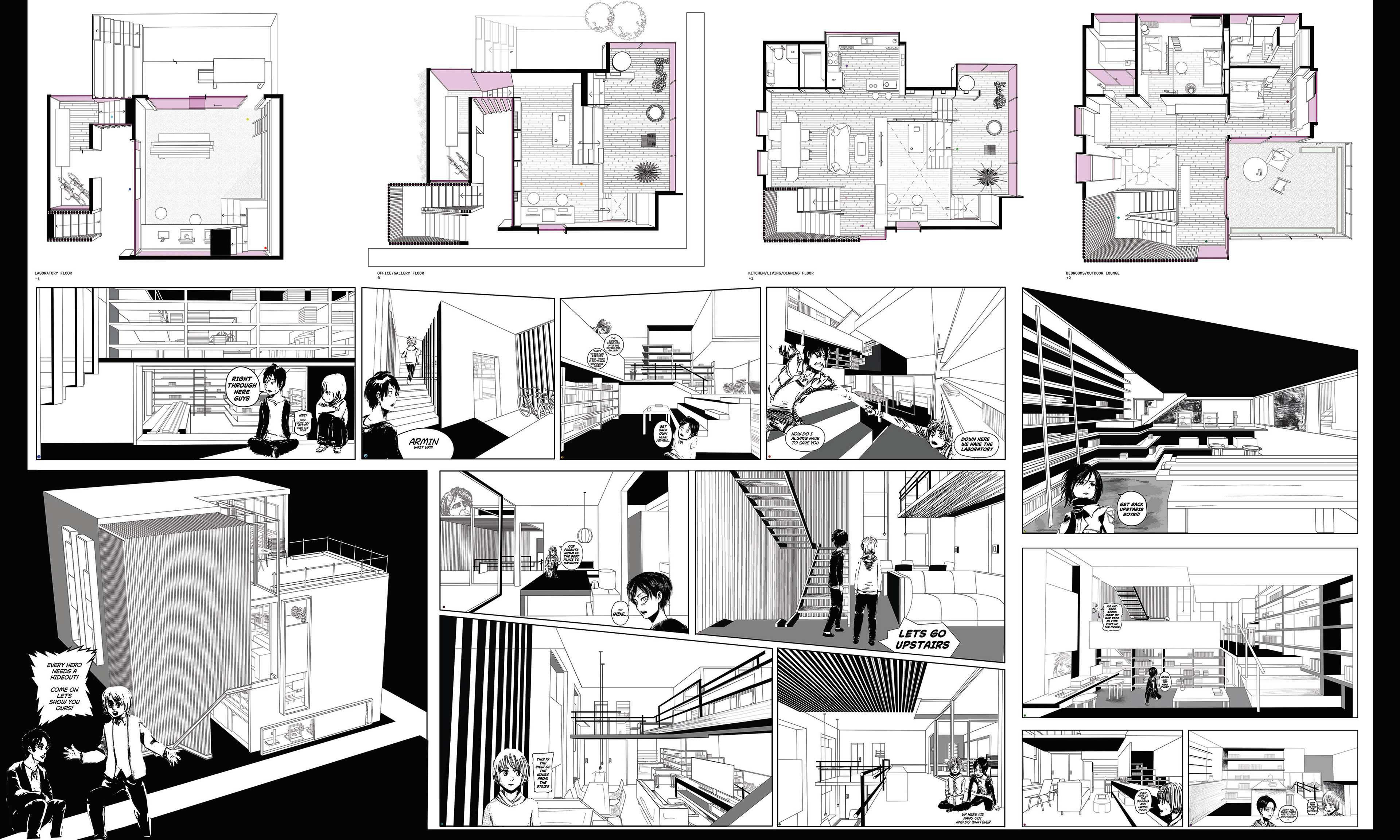
Elizabeth Arveladze

Adrian Corbey

Adrian Corbey

Adrian Corbey

Adrian Corbey

Adrian Corbey

Adrian Corbey

Adrian Corbey

Adrian Corbey

Adrian Corbey

Adrian Corbey
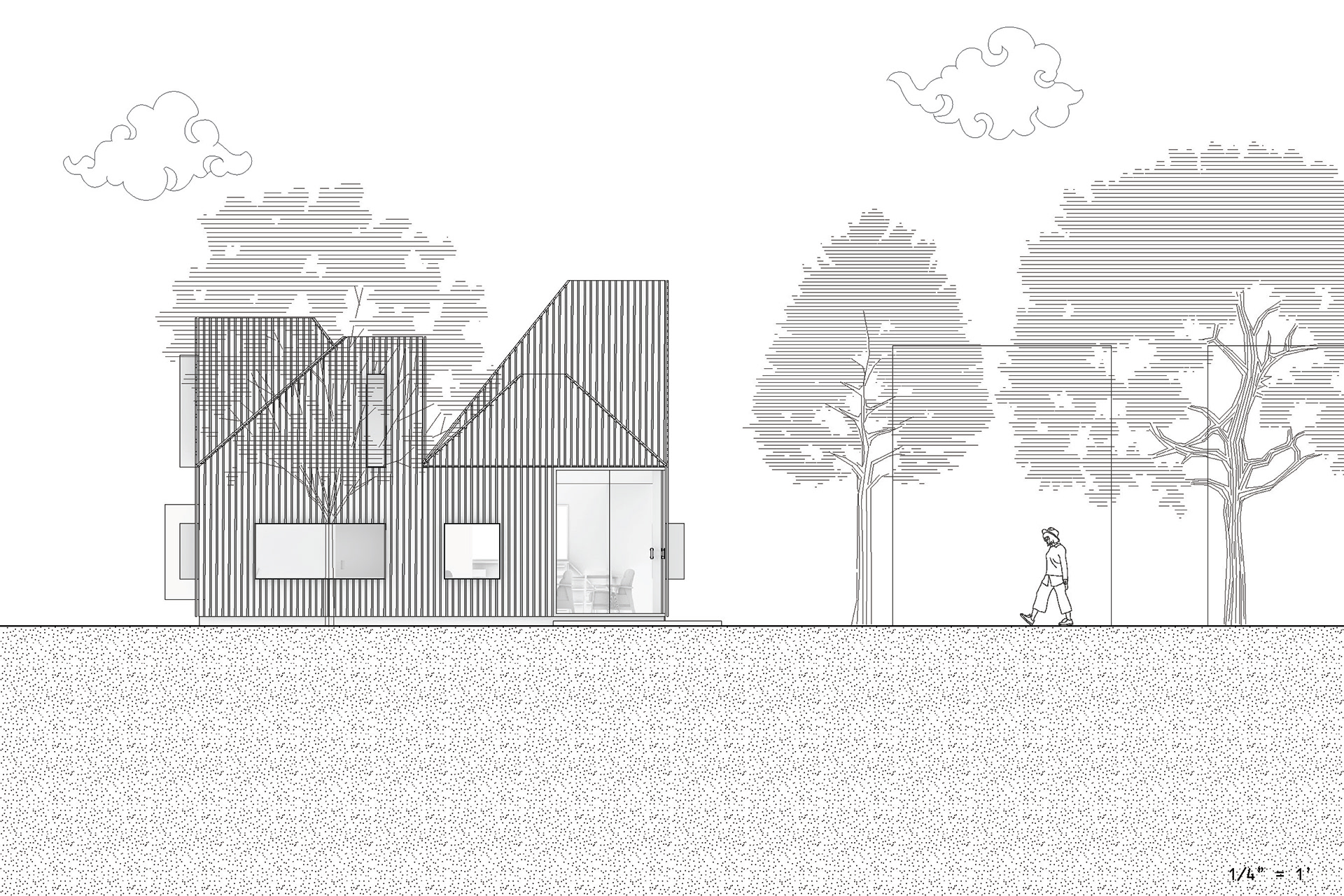
Adrian Corbey

Adrian Corbey

Adrian Corbey

Vin Ngorn

Vin Ngorn





Michael Willhoit

Michael Willhoit

Michael Willhoit

Michael Willhoit



Zoey Chao
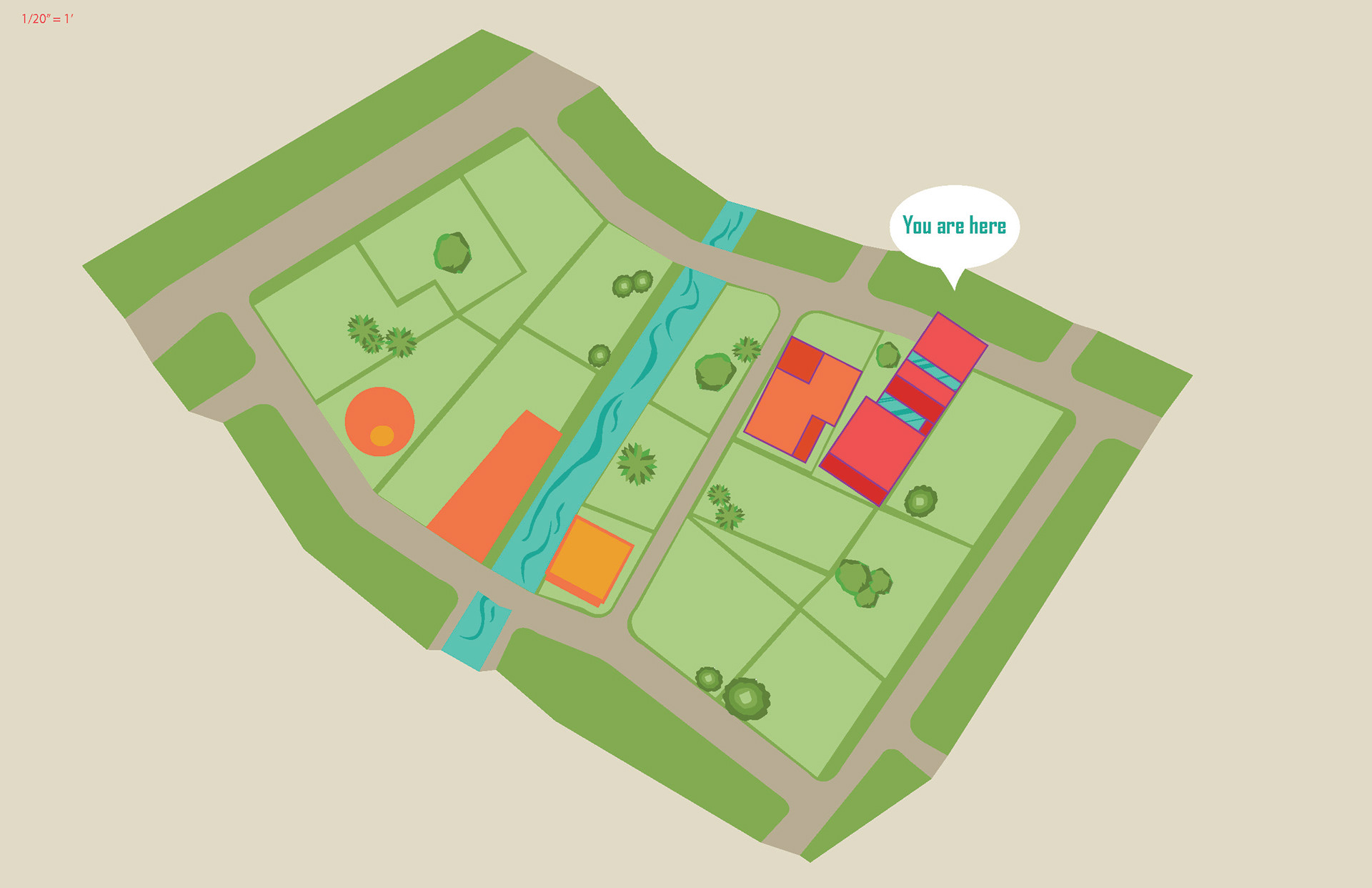
Zoey Chao
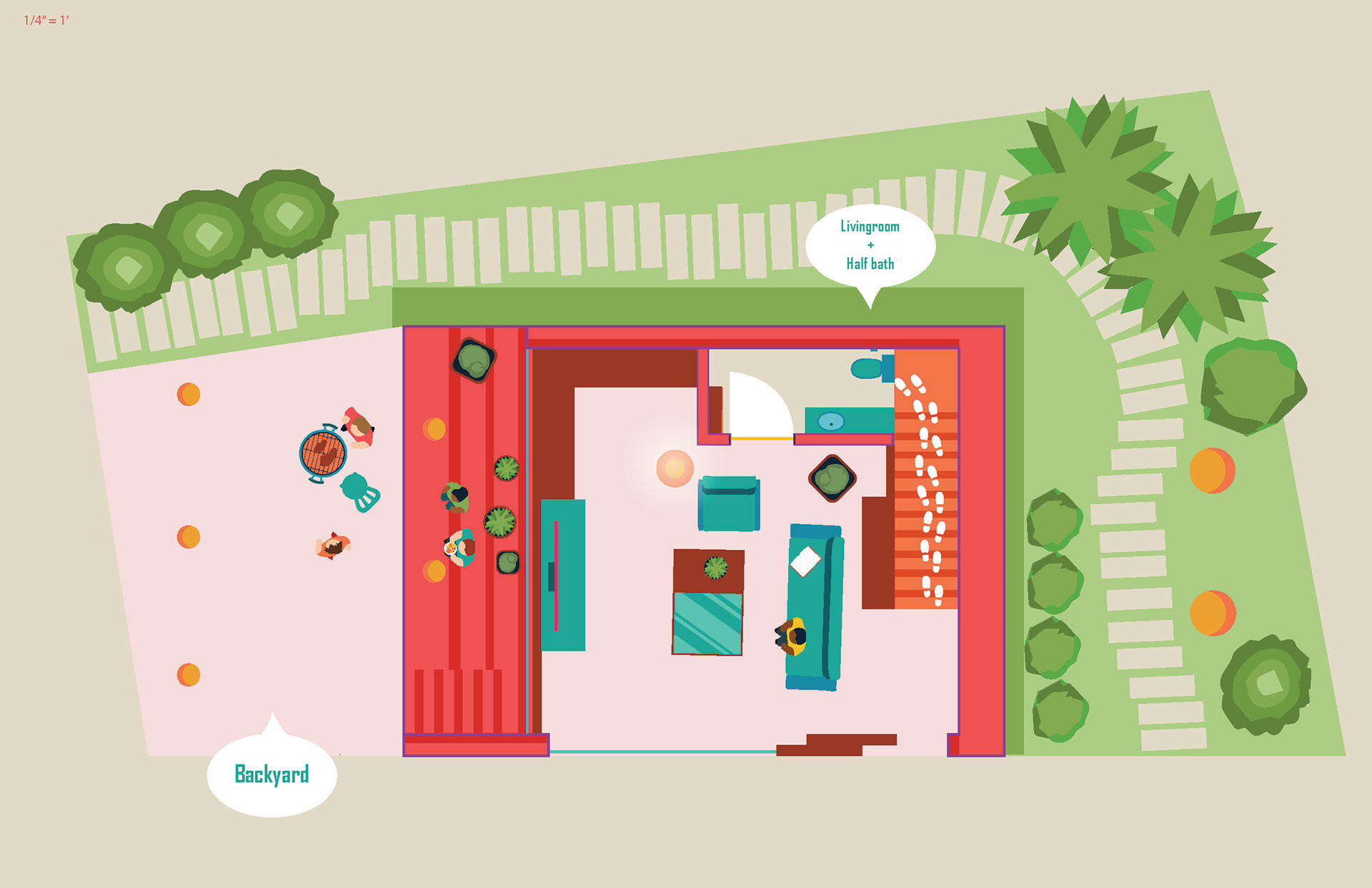
Zoey Chao

Zoey Chao

Zoey Chao

Zoey Chao
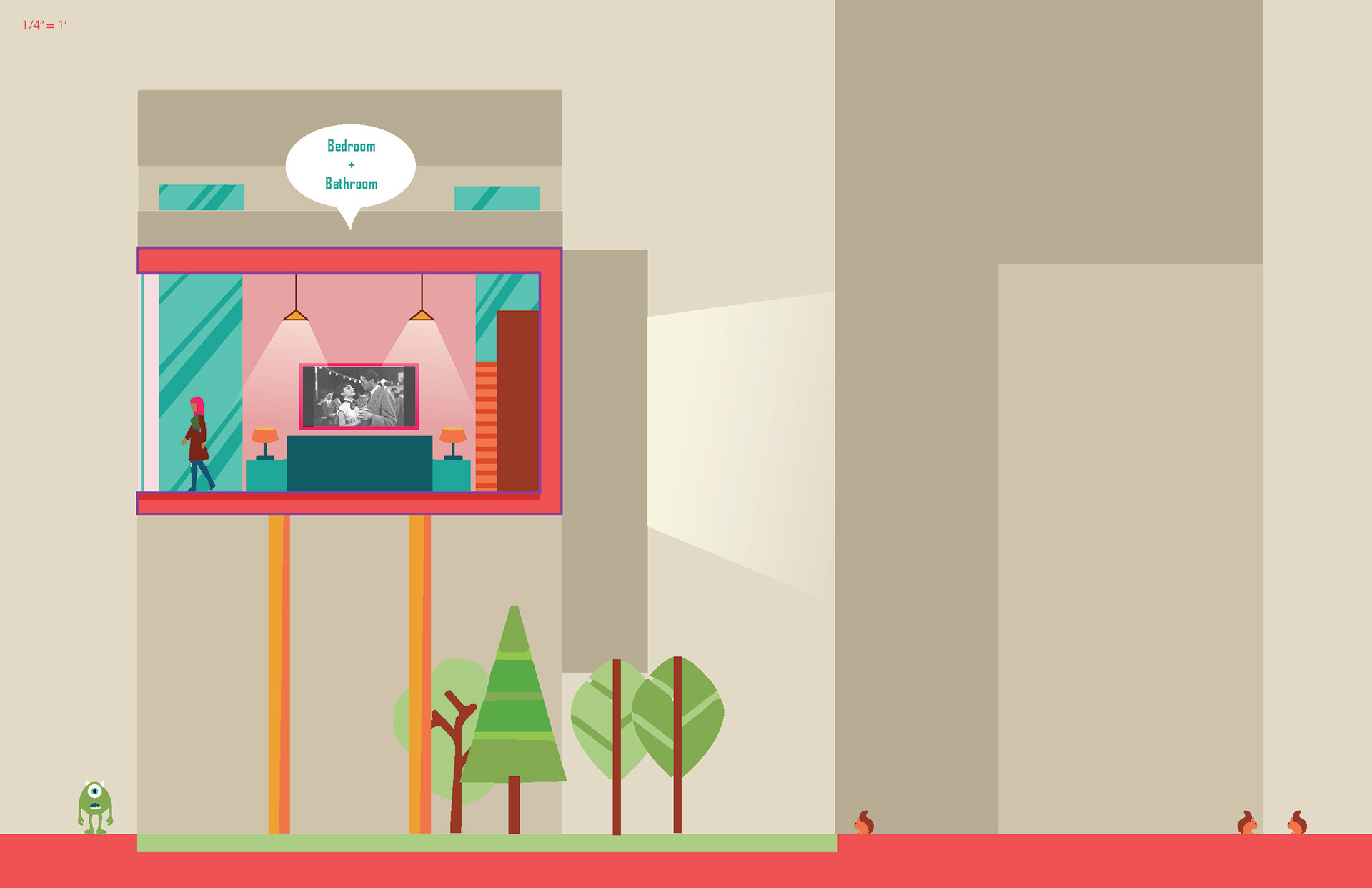
Zoey Chao

Zoey Chao
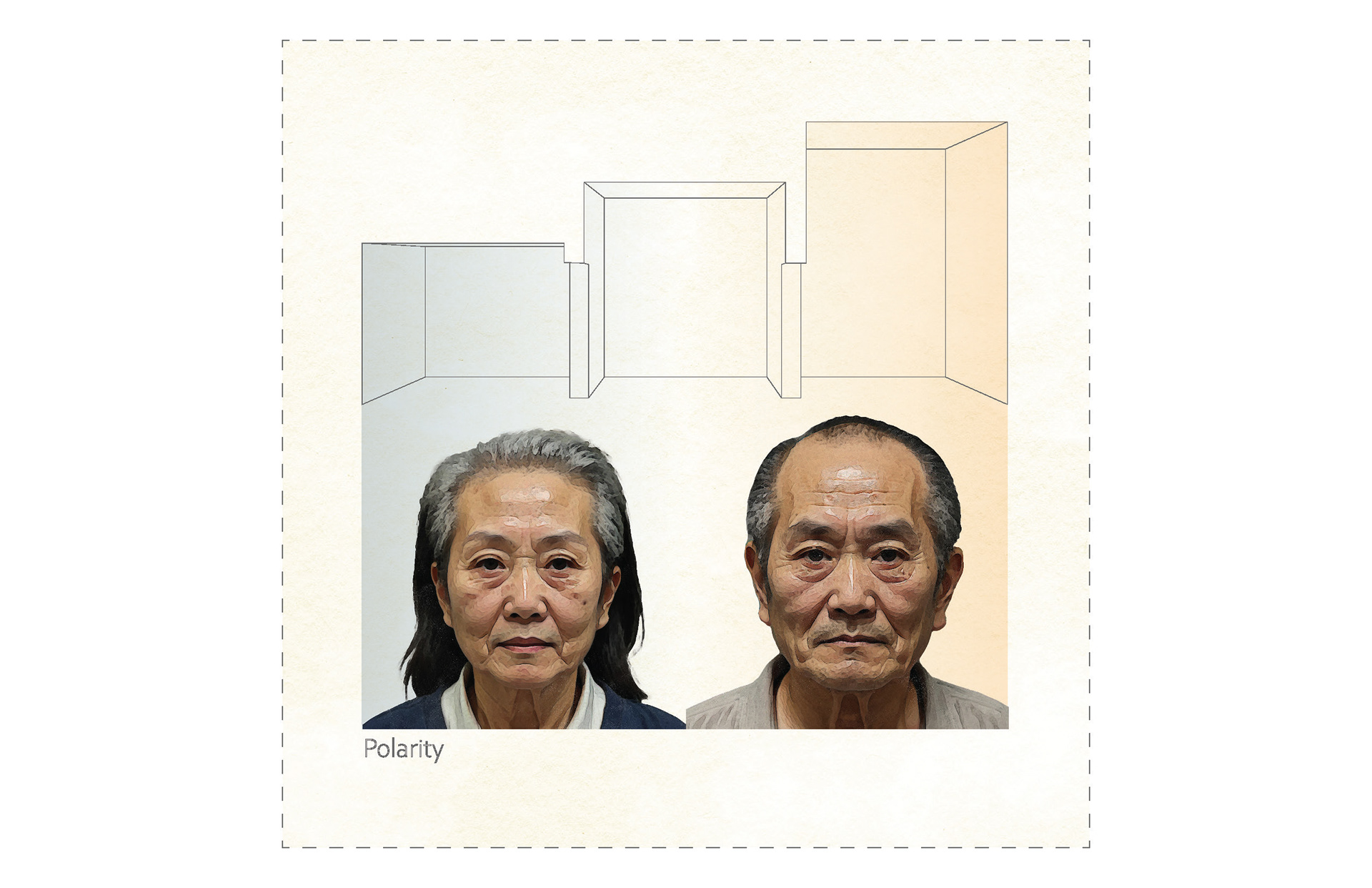
Sean Coleman
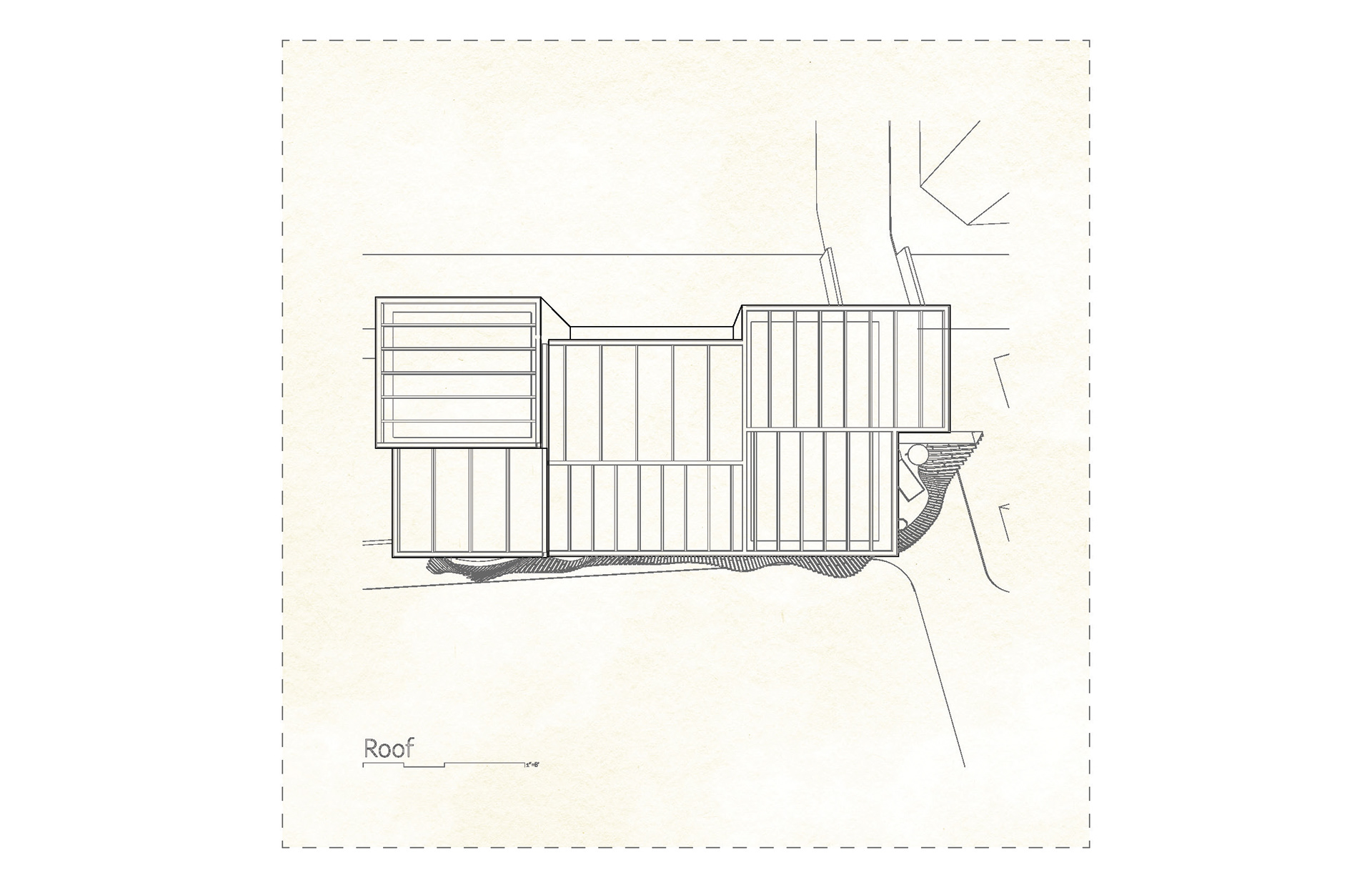
Sean Coleman

Sean Coleman

Sean Coleman

Sean Coleman

Sean Coleman

Sean Coleman
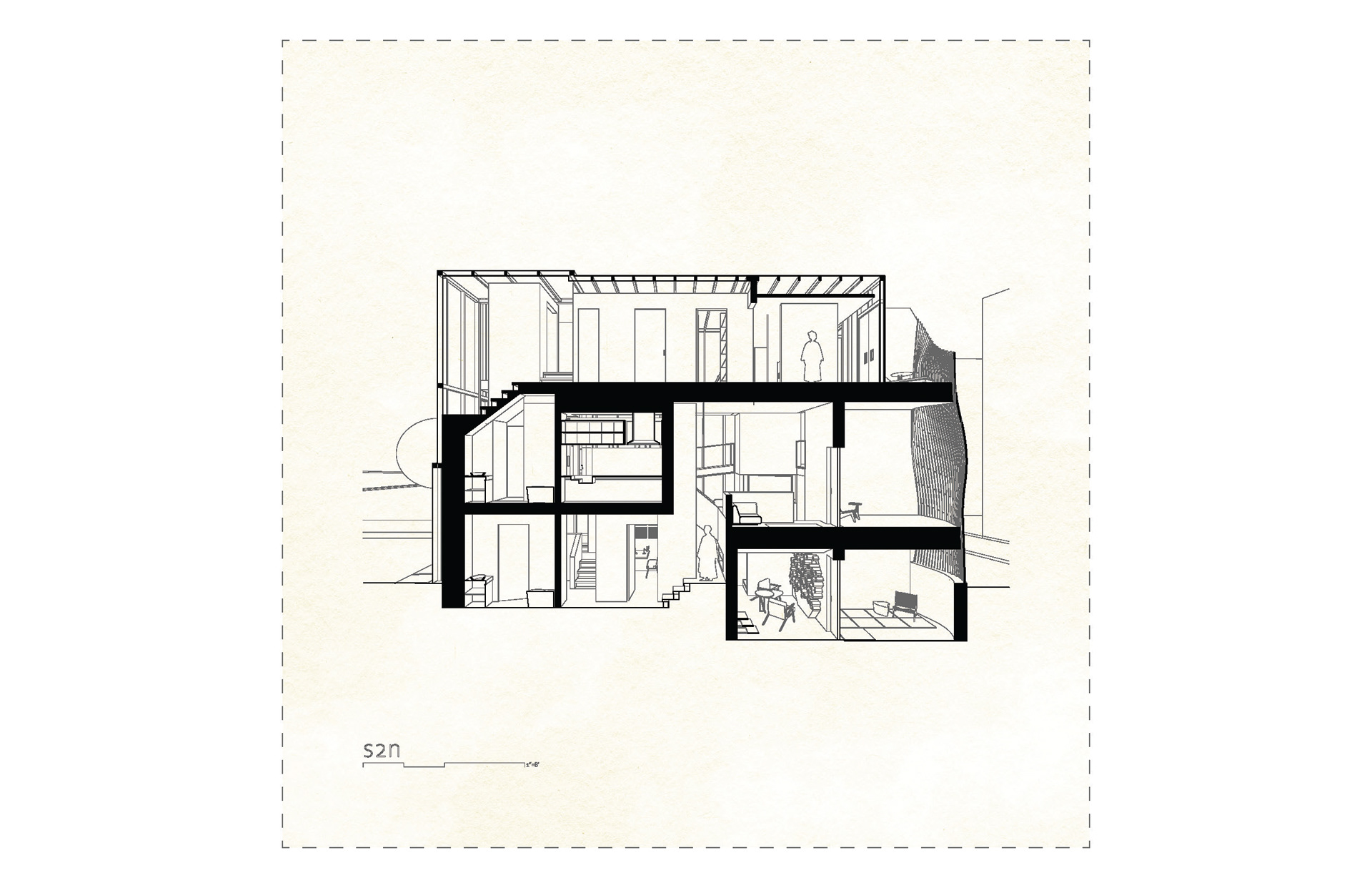
Sean Coleman

Sean Coleman

Sean Coleman

Sean Coleman

Sean Coleman

Sean Coleman

Sean Coleman

Sean Coleman

Sean Coleman

Sean Coleman
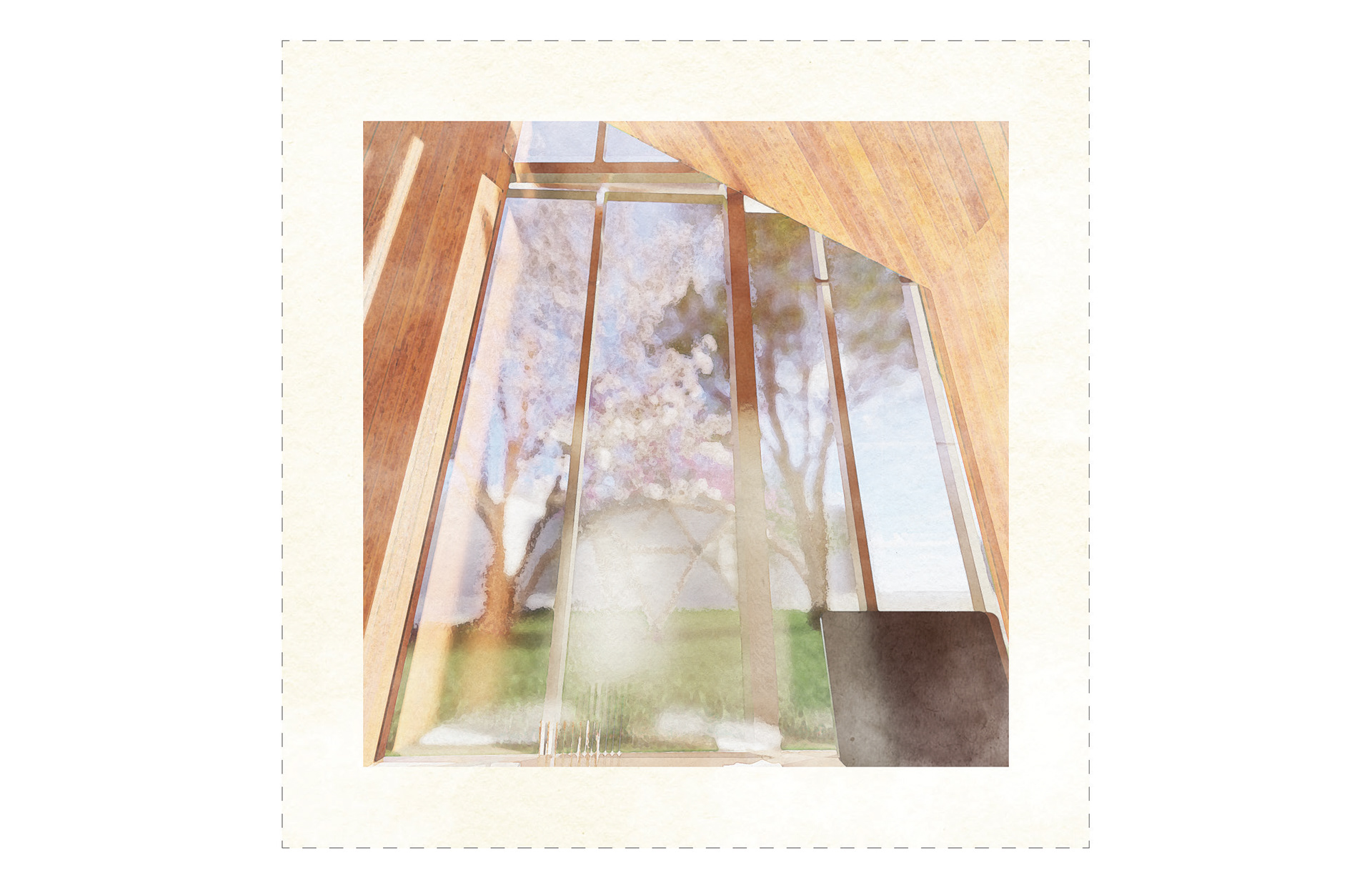
Sean Coleman

Sean Coleman

Sean Coleman

Sean Coleman

Sean Coleman

Sean Coleman

Sean Coleman

Sean Coleman

Sean Coleman

Olivia Harmanos

Olivia Harmanos

Olivia Harmanos

Olivia Harmanos

Olivia Harmanos

Olivia Harmanos

John Lozinak
